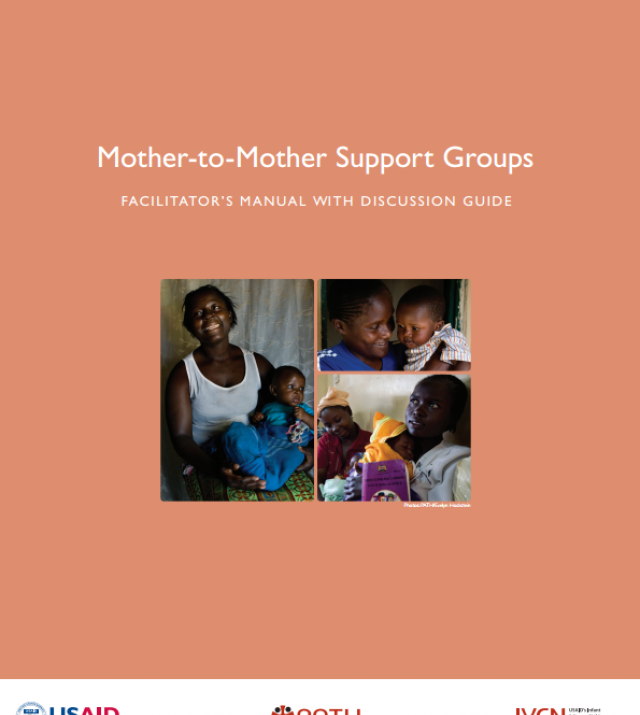
Essential Hygiene Actions – Care Group Curricula for Urban Settings

This Care Groups module was developed by Feed the Children for Care Groups of 10-12 women. The module is designed to teach household-level behaviors to prevent maternal and child malnutrition and death. The module contains an A3 size flip chart with an A4 size lesson plan document. The flip chart and lesson plans are used to teach mothers in small groups once every two weeks for approximately three months. Illustrations are designed for rural and urban settings in East Africa.
The Essential Hygiene Actions module contains one lesson on each of the following topics: handwashing with soap at critical times and when caring for those who are ill; creation of household handwashing stations; worms and deworming; improved water source, water purification, and storage; use of latrines and proper disposal of feces; and healthy play areas.
This Module was adapted from Hanold, Mitzi J. (2011) Essential Hygiene and Malaria Prevention Flipchart. Washington DC. Food for the Hungry (FH). It was adapted for use in urban as well as rural settings in East Africa and includes a lesson on placing barriers between young children and animal feces to combat environmental enteropathy. Hesperian Health Guides created most of the illustrations which consist of line drawings for ease of adaptation and production. The module is based on the best technical guidance at the time of writing. In the same way that this module must be adapted to the language, culture, and context where it will be used, please make sure to review for technical content and update the module as needed.
You are invited to use all or parts of this module in your program. We ask that you please acknowledge Feed the Children, Hesperian Health Guides, and Food for the Hungry (using the logo found for each organization on the second page), and other contributing organizations as noted in the acknowledgements on page 5.

